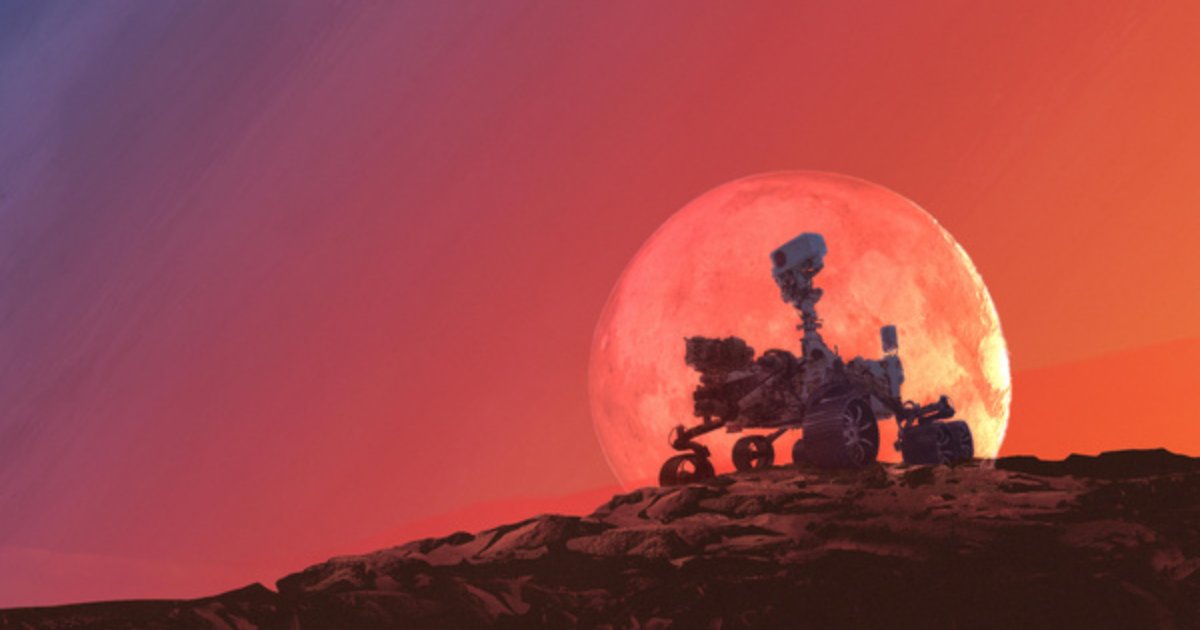Highlights
- Crowdsourcing is part of NASA’s innovation strategy, drawing on private and public organizations.
- NASA has launched a crowdsourcing initiative to help process the spectrometry data coming from rovers to find potential evidence of life on Mars.
- The resulting innovation will help with far more than just finding potential proof of alien life, helping NASA to manage its expanding data needs.
Crowdsourcing has been useful for government innovation programs such as those run by NASA for years. Now it may help find alien life. Here’s why crowdsourcing works for one of the federal government’s top programs.
Why Crowdsourcing Ideas Makes Sense
Governments are accountable to all their citizens, and there’s an obligation to make it as easy as possible for people to reach out to these agencies, organizations, and departments. Crowdsourcing creates a direct pipeline to develop ideas and communicate. It also helps governments comply with document and information availability requirements.
Through collaboration and innovation, you can collect a broader variety of perspectives. But tunnel vision can be a serious problem even in innovation. In government, this can cause great problems. For example, look at the development of cleaner-burning stoves for households in the developing world. Early initiatives established stoves that worked well in labs. But didn’t suit the cooking styles or time management needs of those who used them at home. Being able to collect diverse opinions and feedback can help ensure development initiatives. Whether for new products, services, or otherwise make sense.
In addition to connecting citizens with agencies, crowdsourcing can help connect the dots between private and public enterprises. Even among multiple teams within a single organization. One NASA initiative, NASA@Work, presented an agency-wide crowdsourcing challenge to help improve urine sample collection from astronauts. This would better monitor their health, cut down on crew time spent and trash volume generated, and allow for realtime testing. It turned out that a different team within NASA had already solved the problem with a different purpose in mind They even had a working prototype that was moving through the agency’s internal testing process.
This not only saved NASA substantial development costs. But it also moved up the schedule for deployment and got a solution into space.
NASA has a few other factors that make crowdsourcing particularly important:
- NASA has a long history of drawing from a variety of private sector industries to solve problems and create a “space dividend” with the research it does filtering into consumer products.
- A growing private space industry, encouraged in part by NASA policies, has grown quickly. Crowdsourcing offers these private firms more access to and better understanding of the issues NASA is looking to solve.
- NASA’s network of academic and scientific partners is constantly growing. It needs to be able to present a broader range of research to the administration.
- The sheer number of private entities, independent scholars, and startups using new approaches to challenges is difficult to keep track of. Some may not know they can present their work to NASA. Crowdsourcing serves a marketing purpose here as well.
- Innovation in the face of difficult problems is central to NASA’s culture. This is often why people join or work with the agency.
How NASA is Crowdsourcing Its Search for Life on Mars
NASA has relied on external crowdsourcing to tackle several different challenges, ranging from lunar landers to efficient power sources and distribution. Finding life on Mars, however, is a more complex challenge.
The task here isn’t to create a product, but to sift through data. NASA’s Mars expeditions have a wide range of onboard instruments to scan areas of the planet. With limited communication, NASA scientists have to quickly interpret an enormous amount of data and tell rovers what to do next before that window of communication closes.
So NASA has partnered with data science crowdsourcing specialists DrivenData to launch the Mars Spectrometry: Detect Evidence for Past Life challenge. Through this challenge, scientists are tasked with developing automated algorithms that can quickly filter through spectrometric data to find signs of conditions that could have supported life in Mars’ past.
The data comes from the Sample Analyzer Module (SAM), which tracks time, temperature, the ratio of mass to charge in the ions of a given sample. and the abundance of ions in that sample. It does this with evolved gas analysis (EGA), which heats the sample and measures the gasses released.
This data is being used to peer deep into Mars’ geological history. Life may have been present on Mars as early as 4.48 billion years ago. It’s a data management challenge akin to finding a needle in a haystack without quite knowing the size, thickness, or chemical composition of the needle.
Any data or models used to build these tools need to be public and freely available. NASA’s own challenge notes that certain government datasets don’t meet this criterion. All this must be done with the CSV datasets provided, and must properly incorporate specialist knowledge in mass spectrometry.
Meeting this challenge will provide NASA with tools for a broader range of scientific work. NASA has kept lunar samples for decades to apply new techniques to them. Soon, we’ll have samples from Mars to test. Being able to study new samples and apply the algorithms to archived data has the potential to lead to major breakthroughs.
Most Recent Posts
Explore the latest innovation insights and trends with our recent blog posts.













